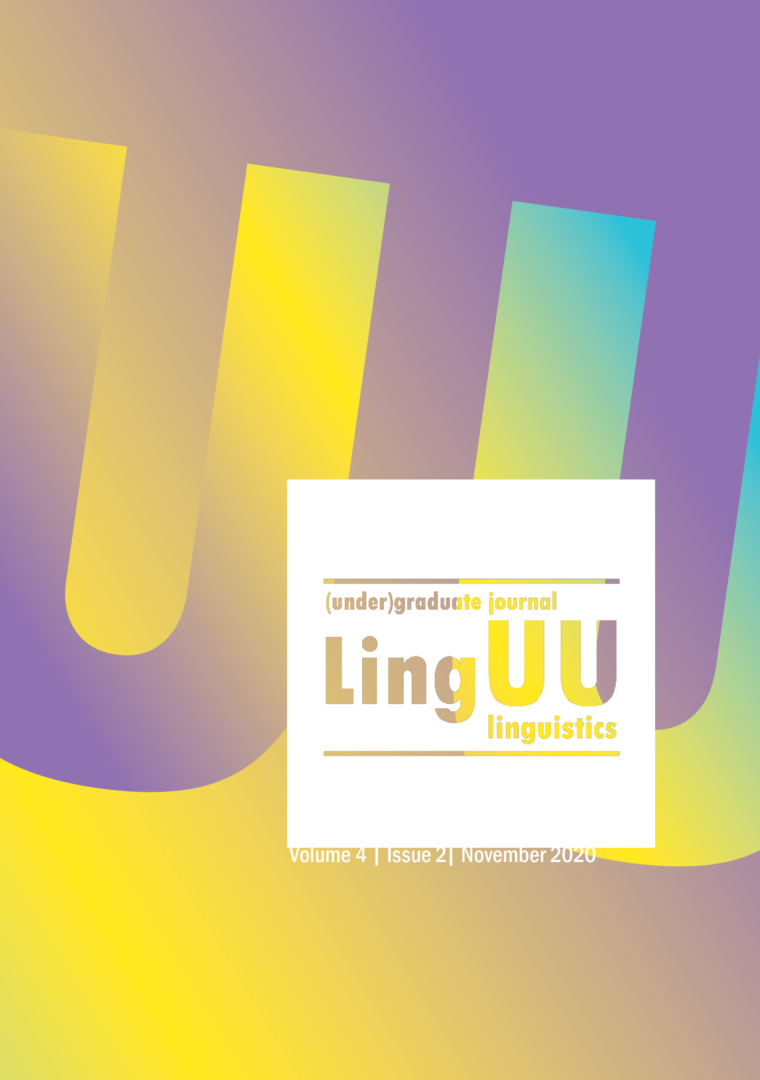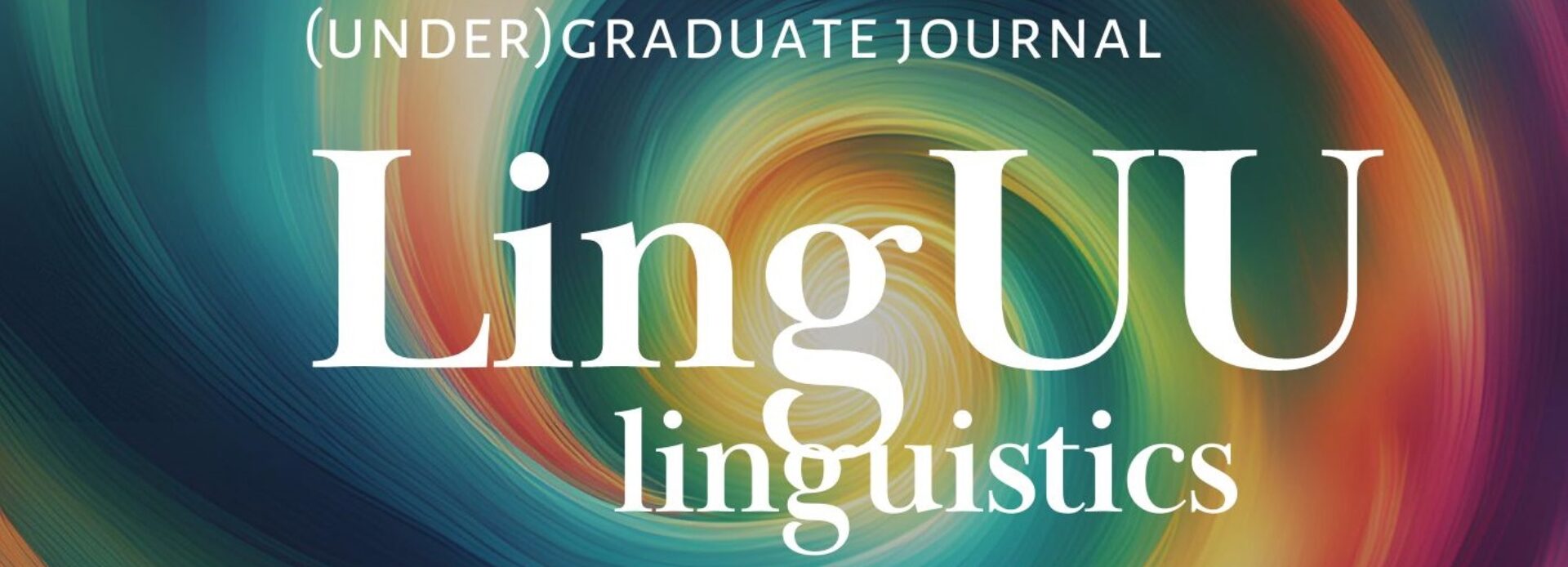
LingUU 4.2 is out now! The eight issue of LingUU Journal features articles on various linguistic topics, written by students from different BA and MA programmes. Download the entire issue, browse through the contents, or order a paper copy (while supplies last).
Iris van der Wulp discusses the influence of depression on language comprehension using the Affective Language Comprehension model. She examines both the role of depression in the recognition of (non-)verbal communication as well as what this means for how this is interpreted. Based on previous research, she concludes that depression results in a negative bias in the recognition of certain communicative signals. She argues that this can lead to a more negative interpretation of these signals and advocates more research into this question as to enhance communication with depressed individuals.
Rosanne van den Berg, Marian Marchal en Christina Papoutsi’sresearch paper investigates frequency effects on past tense verb retrieval. The authors examined whether highly frequent regular past tense verb are retrieved from declarative memory (i.e. directly), like irregular past tense verbs, instead of initially being decomposed in procedural memory. The authors expected to find an interaction between frequency effect and verb type. The results, however, did not support this hypothesis.
Süleyman Yaman covers the phenomenon of zero morphemes in Turkish relative clauses. Due to the agglutinative morphology, Turkish does not have many zero morphemes. This study hypothesizes that case markers (i.e. comitative, dative, locative and ablative) are omitted in Turkish relative clauses. The analysis showed that the case markers normally available on the independent clauses were omitted when they merged to form a relative clause.
Children who do not acquire a tone language seem to first lose their sensitivity for tonal contrasts, before regaining it at a later age. Why this sensitivity recovers, is still unclear. Zhou Yang proposes a research to examine this issue using near infrared spectroscopy, a technique that measures brain activity, with children of different age groups. He argues that different parts of the brain are active when discriminating tone contrasts than when using these tones in word learning. By comparing (brain) responses to tone contrasts by children of different age groups, this research will provide more insight into how children acquire the use of tone in their native language.
Marjolein Talsma (RMA Linguistics) shows that a variety of languages allow for D(iscourse)-linked wh phrases to be extracted out of DPs. This is unexpected, as these DPs are considered phases and should therefore not allow movement. The author extends Van Craenenbroeck’s (2004) analysis of complex wh phrases to the case of D-linked wh phrases and argues that they are base generated in the left periphery. As such, they do not undergo movement and the grammaticality of these constructions is accounted for.
Annika Hulzebos (RMA Linguistics) interned at volunteer organisation Taal doet meer in Utrecht during her master Meertaligheid en Taalverwerving. In her internship she wanted to combine language and health. With her internship she could contribute to society and have an experience outside of the ‘academic bubble’.
And finally, our column The Daily Linguist is all about language related movies, documentaries, blogs, applications and events.
Taal Taal

Vertalingen
| Voeg een vertaling toe in Nederlands | Vertaling |


